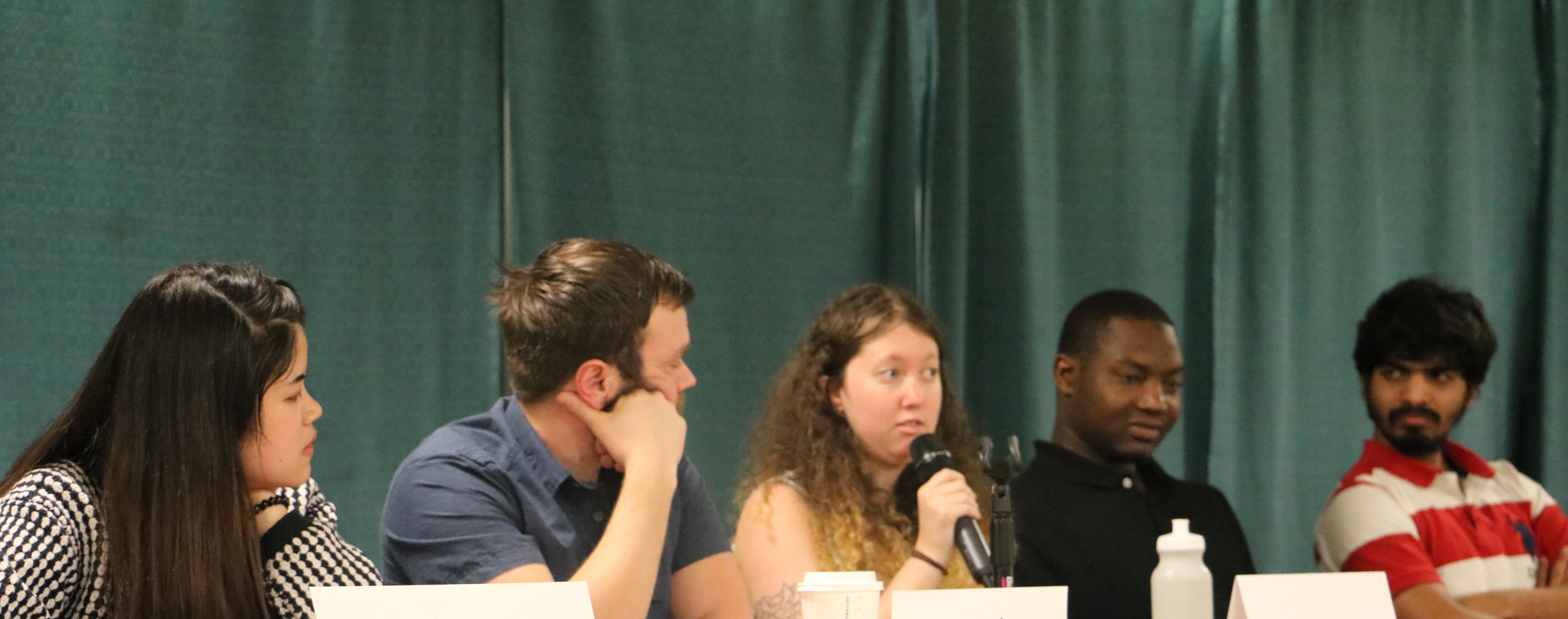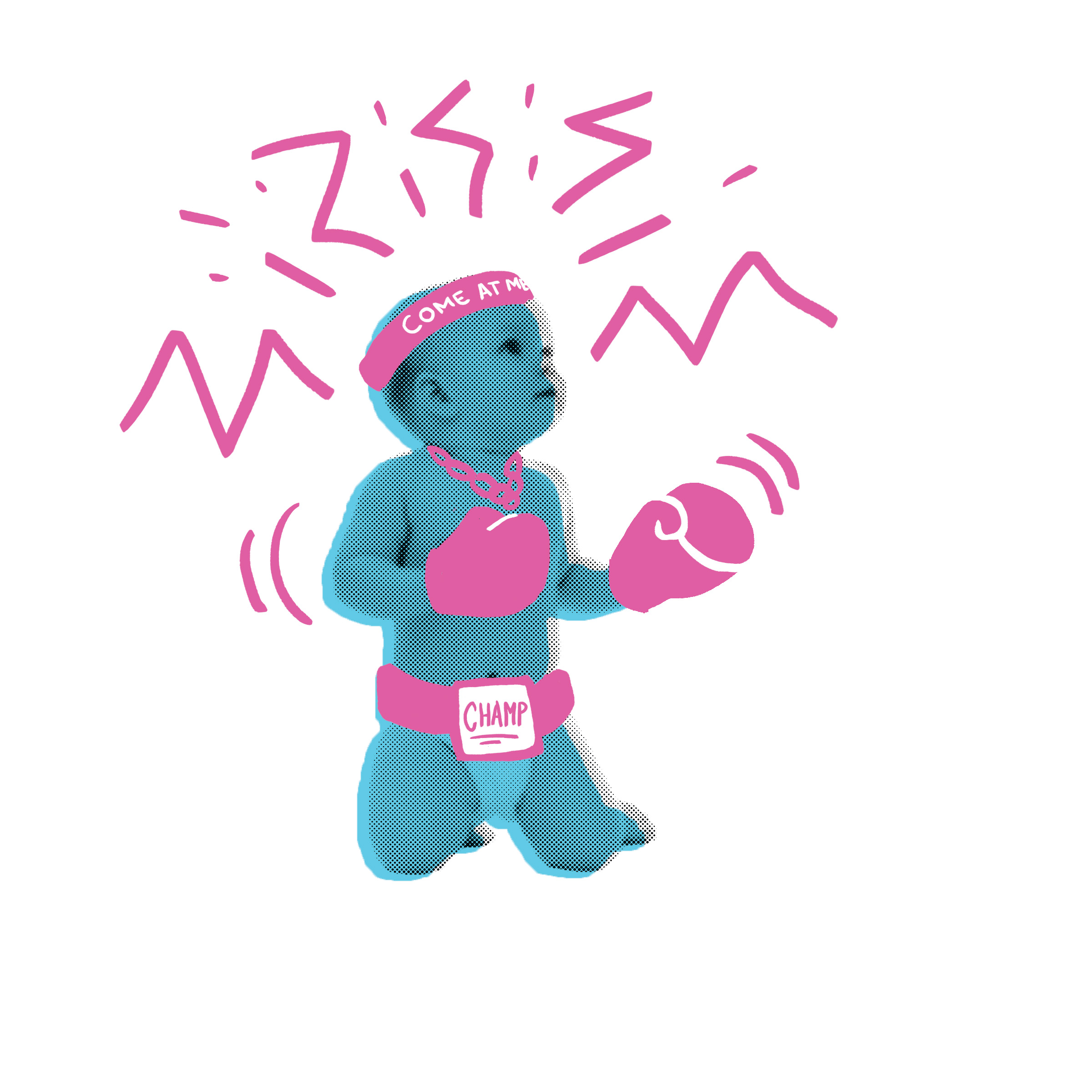According to the First Amendment, as citizens of the United States we have the right to protest peacefully. Public demonstrations have become a fairly common occurrence over the last few years, but what, if any, is the benefit? The most recent protest by Portland State students over the tuition increase was not successful. Tuition is still going up. Individuals protested the inauguration of President Donald Trump and against his election, and we march for modern-day civil rights. Some protests have been effective; others have not. What makes a successful or unsuccessful protest? Can demonstrations still succeed, or have we crossed some line and moved away from the realm of effective protests?
I sat down with Dr. Winston Grady-Willis, director of the School of Gender, Race and Nations here at PSU. I wanted to know whether he felt protests were still being heard or if there was, in his words, “protest fatigue.” Grady-Willis pointed me toward a successful, day-long rally from December 2015 called Students of Color Speak Out. In this event, students of color shared their experiences in order to help create better understanding and encourage change. Two days later, students gathered in the Park Blocks. Coordinated between both PSU and Lewis and Clark College, students rallied together to hit the point home: Students of all races deserve the same opportunities and to feel safe in their school environments. This particular protest was successful because PSU opened new centers for minority students on campus, and Lewis and Clark hired a new dean of diversity and inclusion.
This past November, students rallied against the election of now President Donald Trump. On Nov. 18, two days after the protest, PSU became a sanctuary campus. While President Trump may still be in office, PSU has shown Oregon and all of America that we are not racist and refuse to allow students to live in fear over citizenship status. Now PSU refuses to give out information on the citizenship status of its students and does not allow students to be arrested over citizenship on campus. Again, in this demonstration, students’ voices were heard.
In the wake of the presidential election there have been several protests at PSU and throughout Portland. There have been walkouts, such as the January walkout after the inauguration, the “Day Without Immigrants” in February, and the Women’s March on Washington in January. All through November there were countless anti-Trump rallies across downtown, many making commutes difficult and some becoming near-riots. Could so many protests lead to protest fatigue? That is to say, have we become so desensitized to the act of protest that it is no longer effective?
I asked Grady-Willis whether or not he believes protests have lost their effectiveness.
“I sincerely believe that protest can be very effective,” Grady-Willis said. “I say that not only as a scholar who has studied protests, but as somebody who has been a part of protest movements.”
Protesting may make a statement, but by itself, it is not enough. Protests should be the punctuation mark to a long sentence of communications and dialogue. Emails, rallies and meetings can start the dialogue necessary to promote the changes we want to see. It is important to remember that we have more avenues to advocate for ourselves, and those avenues should be explored first. Rallies can be set up to get out the message, petitions circulated, and emails sent. We must follow due process. Persistence and volume of participants can help to turn a small message into a much larger one. We must go through the system to show that the system is broken.
It is also important to stop and think about the reasons some protests may fail; for example, consider the ineffectiveness of the recent tuition increase protests. In order to understand protest effectiveness, it is important to look at all aspects of the situation. According to OregonLive, PSU had no option but to raise tuition due to a lack of state funding, rising pensions and health care costs, and a need for a larger emergency fund. If the Board of Trustees felt there was no other choice, no amount of protesting could have changed that situation. The same could be said for the protests against the election of President Trump. Although not fair, President Trump won the electoral vote due to the distribution of pro-Trump voters. Unfortunately, no amount of protesting can change that.
What can we learn from both the successful and unsuccessful protests? Dialogue, timing, and knowing what holds a potential for change is everything. Protesting the result of an election that has already happened or a financial decision that has little alternative are futile attempts. Getting the word out through rallies, petitions, and social media before the event could have been more successful. When we can, we need to be proactive in creating the future that we want—not reactive.
However, when students stood up with Lewis and Clark in 2015 after an African student was attacked, changes were made. When students protested racism on Nov. 16, PSU became a sanctuary school. The big difference between the two was timing. With the Students of Color Speak Out and the Nov. 16 protests, there were changes that could be made and large groups to enact those changes. In the end, when thinking about protests for change, ask, “What sort of dialogue can help spread the message?” Using protests can be effective, but they must be combined with other forms of communication.






